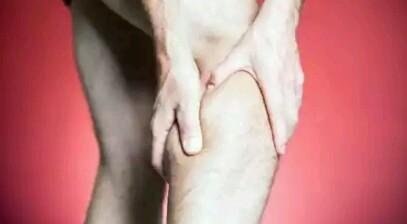
Basically cholesterol attacks all parts of the body that have blood vessels. Cholesterol can block the heart's blood vessels, but it can also affect the legs.
According to the Director of Therapeutics at Montefiore Medical Center, as many as 12 million people in America have cholesterol that attacks the legs. The good news, according to health.com this disease can be treated.
Here are the signs when cholesterol strikes your legs.
Pain in the legs
A common symptom is claudication. The pain in this leg is caused by clogged arteries that can not deliver enough blood to the feet to stabilize the energy. If you develop this feeling, your legs will feel heavy or tired and even sick like burning.
Pain can occur in any leg, from the calf to the thighs and buttocks. The pain occurs when walking within a certain distance. Then it happens again when walking within the same distance.
Cramps at night
While sleeping, you may have cramps or seizures, usually in the heel or forelegs. Darren Schneider, MD, director of the Center for Vascular and Endovascular Surgery at New York Presbyterian Hospital / Weill Cornell Medical Center revealed that the pain in the legs can be removed by throwing legs off the bed or sitting on a chair. This allows the blood flow down to the foot.
Skin and nail changes
Cholesterol blocks your feet from receiving normal blood or food flow. As a result, hair growth in the legs become slow. The skin of the feet tightens, and the toenails can thicken or grow more slowly.
Unusual skin changes
Notice the change in the color of your feet. When removed, the feet may be white due to impaired blood flow. Then, when the legs are hung from the table, they may turn red or purple. In some people with this disease, the legs are pale or bluish as they sit, due to lack of circulation.
Erectile dysfunction
This is not an ordinary occurrence, but it is possible that cholesterol disorders in these feet can cause erectile dysfunction. Internal iliac artery is in charge of providing blood supply for erection.
Reduction of calf muscles
People with high cholesterol, also experienced atrophy or calf muscle reduction. At the microscopic level, lack of adequate blood flow can lead to a decrease in the number and size of muscle fibers. Those with this disease can lose more than half their muscle fibers in the affected area.
Wounds that do not heal
A person with an affected foot of cholesterol usually shows a brown or black color. This condition is often painful.
When you feel one of the symptoms of pain in the foot as above, immediately control your cholesterol so you can move comfortably.
Follow @milfa
Vote and resteem